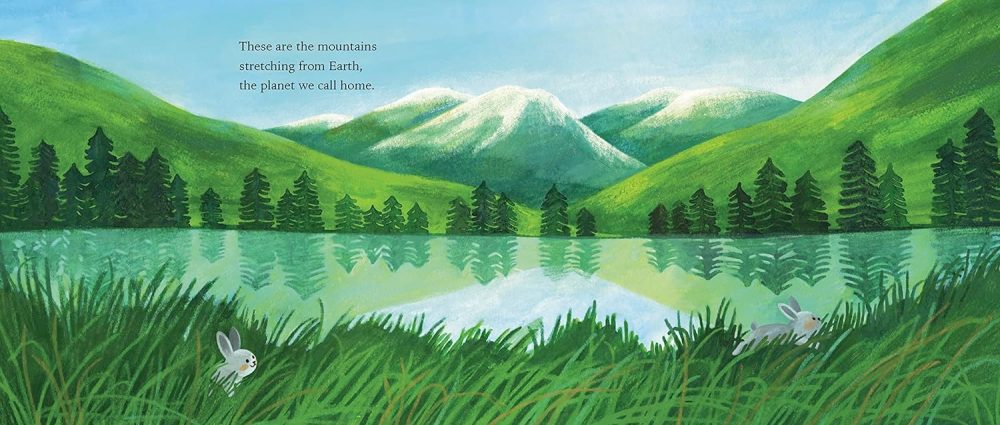Thank you for visiting!
This is a lovely book that will inspire children to appreciate and care for our beautiful and varied planet, Earth. Each two-page spread reveals some new area, tied together by following a small stream from the sunny mountaintops to the shoreline and harbor. The text builds upon each line, growing in length as it recounts and describes each clime, describing how people benefit and are nurtured by each one. A group of young children grows as the book progresses over the colorful landscapes. The book ends with a listing of suggestions about how children can prevent pollution. It’s a warm book filled with heart and an appreciation for all the world offers to each of us.
This is a non-fiction book, told in first person, by an expert on recycling. Its goal is exactly what it says in the title: explain what can and can’t be recycled. The book includes in-depth descriptions of the recycling process, which helps to explain why only certain things can be recycled. Colorful illustrations of recycling machines show how they sort and separate different kinds of packaging. Combined, it helps explain why single-use plastics are such a problem. Its encouraging tone, though, helps explain why doing what we can is still a big help in protecting the Earth. This would be a great resource in any school library.
This is a fun way to show children what maps are and offer, while making it very clear how their perspective works, and how and why different things are highlighted in different kinds of maps. The quirky, colorful illustrations first show a map of a bedroom, shown next to a side view of the same room. Then, that view is expanded to show a floorplan of the entire house. This is then expanded to a map of a neighborhood, city, and road map. But other “maps” are included from a “map” of a cartoon body’s interior to a weather map, trail map, bus route map, museum map, and so on. The entire book is quite clever and the text is as compelling as the illustrations are engaging. This would be an excellent addition to any school library or classroom, where I could easily see teachers relying on this book as a way to introduce the subject, followed by activities on drawing maps of the classroom, bedrooms, or household, followed by more imaginative maps, like those of a local park or theme park. This could have been a dry and unengaging book, yet it elevates the topic of maps with its clever concept, character, illustrations, and text.




